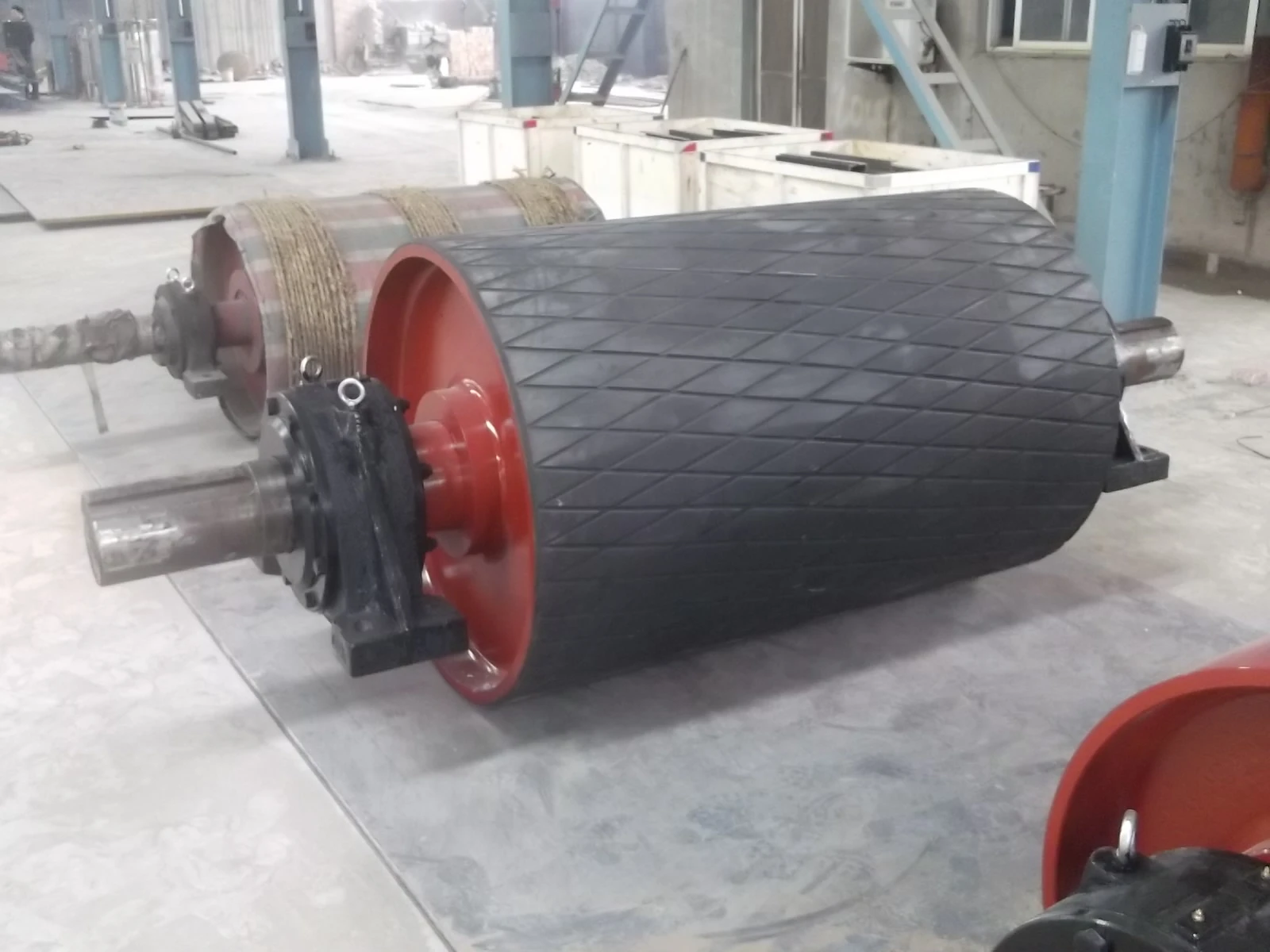 Afrikaans
Afrikaans  Albanian
Albanian  Amharic
Amharic  Arabic
Arabic  Armenian
Armenian  Azerbaijani
Azerbaijani  Basque
Basque  Belarusian
Belarusian  Bengali
Bengali  Bosnian
Bosnian  Bulgarian
Bulgarian  Catalan
Catalan  Cebuano
Cebuano  Corsican
Corsican  Croatian
Croatian  Czech
Czech  Danish
Danish  Dutch
Dutch  English
English  Esperanto
Esperanto  Estonian
Estonian  Finnish
Finnish  French
French  Frisian
Frisian  Galician
Galician  Georgian
Georgian  German
German  Greek
Greek  Gujarati
Gujarati  Haitian Creole
Haitian Creole  hausa
hausa  hawaiian
hawaiian  Hebrew
Hebrew  Hindi
Hindi  Miao
Miao  Hungarian
Hungarian  Icelandic
Icelandic  igbo
igbo  Indonesian
Indonesian  irish
irish  Italian
Italian  Japanese
Japanese  Javanese
Javanese  Kannada
Kannada  kazakh
kazakh  Khmer
Khmer  Rwandese
Rwandese  Korean
Korean  Kurdish
Kurdish  Kyrgyz
Kyrgyz  Lao
Lao  Latin
Latin  Latvian
Latvian  Lithuanian
Lithuanian  Luxembourgish
Luxembourgish  Macedonian
Macedonian  Malgashi
Malgashi  Malay
Malay  Malayalam
Malayalam  Maltese
Maltese  Maori
Maori  Marathi
Marathi  Mongolian
Mongolian  Myanmar
Myanmar  Nepali
Nepali  Norwegian
Norwegian  Norwegian
Norwegian  Occitan
Occitan  Pashto
Pashto  Persian
Persian  Polish
Polish  Portuguese
Portuguese  Punjabi
Punjabi  Romanian
Romanian  Russian
Russian  Samoan
Samoan  Scottish Gaelic
Scottish Gaelic  Serbian
Serbian  Sesotho
Sesotho  Shona
Shona  Sindhi
Sindhi  Sinhala
Sinhala  Slovak
Slovak  Slovenian
Slovenian  Somali
Somali  Spanish
Spanish  Sundanese
Sundanese  Swahili
Swahili  Swedish
Swedish  Tagalog
Tagalog  Tajik
Tajik  Tamil
Tamil  Tatar
Tatar  Telugu
Telugu  Thai
Thai  Turkish
Turkish  Turkmen
Turkmen  Ukrainian
Ukrainian  Urdu
Urdu  Uighur
Uighur  Uzbek
Uzbek  Vietnamese
Vietnamese  Welsh
Welsh  Bantu
Bantu  Yiddish
Yiddish  Yoruba
Yoruba  Zulu
Zulu Understanding the Functionality of Conveyor Troughing Rollers in Material Handling Systems
Understanding Conveyor Troughing Rollers Their Importance and Functionality
In the realm of bulk material handling, conveyor systems are indispensable. They facilitate the efficient movement of various materials across different industries, including mining, manufacturing, and agriculture. A critical component of many conveyor systems is the troughing roller. This article aims to delve into the significance, design, and functionality of conveyor troughing rollers and their impact on operational efficiency.
What are Conveyor Troughing Rollers?
Conveyor troughing rollers are specialized rollers used in conveyor systems to support the belt and the material being transported. Unlike flat rollers, troughing rollers have a V-shaped design which helps to form a trough that holds the material securely in the center of the conveyor belt. This design is particularly useful in preventing spillage and maintaining the stability of the transported load.
Typically, troughing rollers are composed of durable materials that withstand harsh operational conditions, including steel and rubber. They are available in various configurations, such as 20-degree, 35-degree, and 45-degree troughing angles, depending on the specific needs of the conveyor system and the type of material being transported.
Importance of Troughing Rollers in Conveyor Systems
1. Load Support and Stability Troughing rollers play a critical role in supporting the weight of the material on the conveyor belt. Their design ensures that the load is evenly distributed, which helps prevent excessive wear on the belt and minimizes the risk of damage to the system.
2. Material Containment One of the primary functions of troughing rollers is to contain loose materials within the confines of the belt. This is essential in preventing spillage, which can lead to material loss, increased operational costs, and environmental concerns. By holding the material securely, troughing rollers help maintain cleaner work areas and reduce the need for cleanup.
3. Reduction of Belt Wear By providing consistent support to the belt and controlling the material flow, troughing rollers contribute significantly to reducing belt wear. This not only extends the lifespan of the conveyor belt but also minimizes maintenance costs, making the operation more cost-effective.
conveyor troughing rollers

4. Enhanced Material Distribution Troughing rollers facilitate proper distribution of materials across the width of the conveyor belt. This ensures that the load is balanced and evenly spread, which is crucial for the efficiency of the entire material handling process.
5. Flexibility in Design Troughing rollers can be adapted to fit various conveyor system designs and layouts. This flexibility is essential for industries that require customization based on their specific operational needs.
Maintenance of Troughing Rollers
Regular maintenance of troughing rollers is essential for ensuring their optimal performance and longevity. Key maintenance practices include
- Inspection Regularly inspecting the rollers for signs of wear and tear, such as bending, misalignment, or damaged bearings, is critical. Early detection of issues can prevent more substantial problems in the future.
- Lubrication Proper lubrication of roller bearings reduces friction and wear, ensuring smooth operation. It is imperative to adhere to a regular lubrication schedule as part of maintenance routines.
- Replacement Over time, troughing rollers may become less effective due to wear. Timely replacement of worn rollers is essential for maintaining the efficiency of the conveyor system.
Conclusion
Conveyor troughing rollers are essential components that contribute to the efficiency and functionality of conveyor systems in various industries. Their design facilitates load stability, material containment, and reduced wear on conveyor belts, ultimately leading to cost savings and enhanced operational efficiency. By investing in high-quality troughing rollers and implementing a rigorous maintenance schedule, businesses can ensure the longevity of their conveyor systems and maintain a smooth operational flow in their material handling processes. As technology continues to evolve, the design and functionality of troughing rollers will also advance, further improving their role in industrial applications.
-
Revolutionizing Conveyor Reliability with Advanced Rubber Lagging PulleysNewsJul.22,2025
-
Powering Precision and Durability with Expert Manufacturers of Conveyor ComponentsNewsJul.22,2025
-
Optimizing Conveyor Systems with Advanced Conveyor AccessoriesNewsJul.22,2025
-
Maximize Conveyor Efficiency with Quality Conveyor Idler PulleysNewsJul.22,2025
-
Future-Proof Your Conveyor System with High-Performance Polyurethane RollerNewsJul.22,2025
-
Driving Efficiency Forward with Quality Idlers and RollersNewsJul.22,2025





























